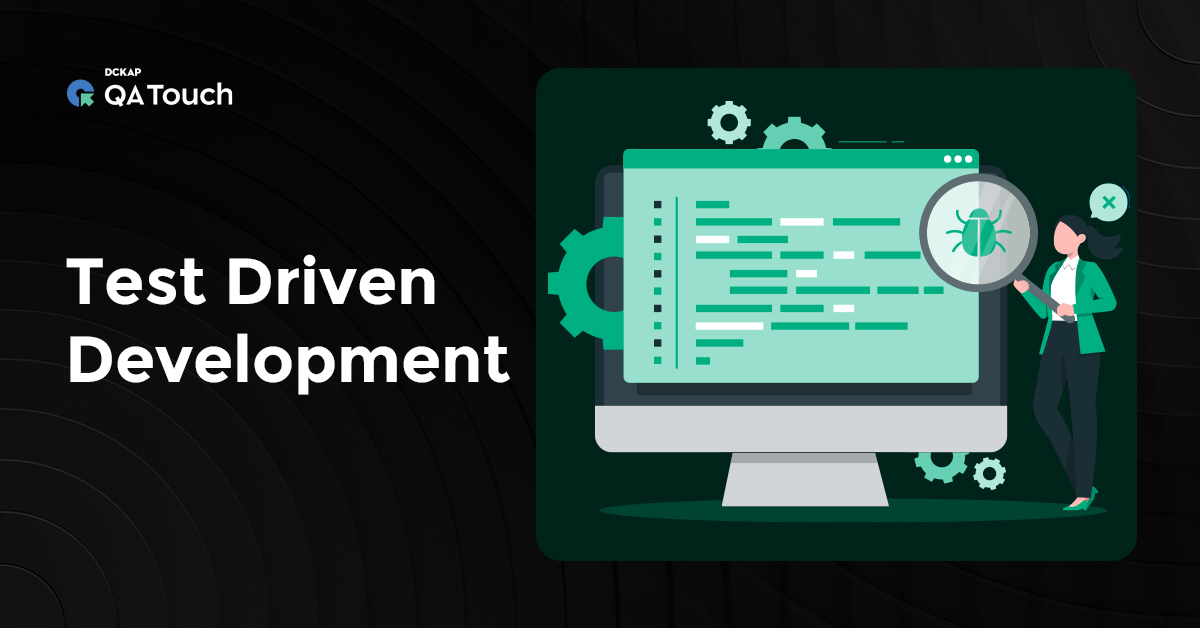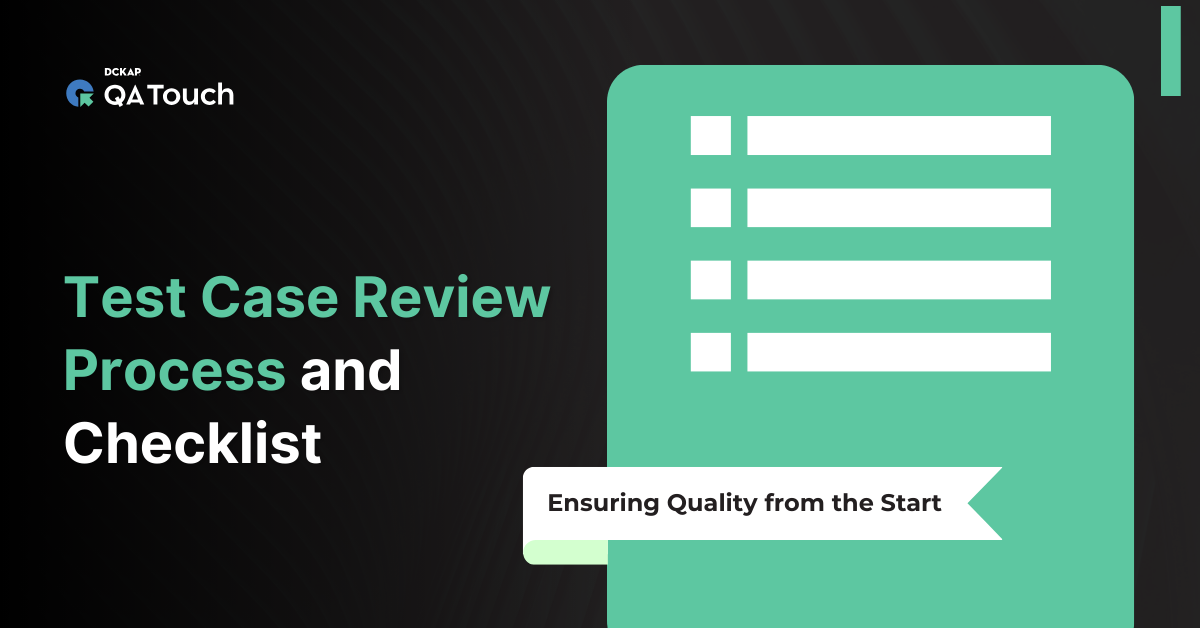In E-commerce and retail industry on-time delivery is critical to the success of a business. Once the site is delivered, the success of the new site is measured by the number of orders that are placed. In other words, conversion plays a vital role in making the eCommerce site profitable. This blog discusses the importance of Conversion rate and what should be done to increase the same.
How is Ecommerce Site Conversion rate calculated?
In Ecommerce sites, Site Conversion rates are calculated based on the percentage of users who have visited the site vs and who has purchased.
Points to consider for testing site conversions:
- Intuitive site design.
- Site’s responsiveness.
- Faster response time of site.
- Search.
- Add to cart.
- Checkout workflow.
- Relevance of site content with the images.
- Product Reviews.
- Check for 404 errors.
- Abandoned cart.
Intuitive Site Design
The visitor will get impressed first by the site’s appearance. They should be able to navigate the site with ease without any glitches.
Site’s Responsiveness
Responsive design is becoming critical since the amount of traffic is increasing in mobile devices. Understand how your website/application performs across devices, browsers, and locations across the globe. Ensure that the end customers get a consistent experience across all devices.
Faster Response Time of Site
A one second delay in page time equals a 7% loss in conversions, 11% fewer page views and a 16% decrease in customer satisfaction! The response time of the site can be measured with the help of the sites like GTMetrix, and Webpagetest.org. This will give the report of the response time as well as the recommendations to improve the page speed.
Search
Search is vital for an ecommerce site for successful site conversion. Search is data-driven functionality, and it should work flawlessly. Most of the time the visitor who searches the product is having an intent to buy the product and is eager to know more details. Advanced search features such as auto-suggestion, search by attributes will help the customers.
Add to Cart
Add to cart is important in the end customer’s behavior and we can tell that it is the foremost step in the checkout process. The user should be able to add the products to the cart without any hassles.
Relevance of Site content with the Images
The site content should be relevant in terms of text, images and videos. For example, the product detail page should have matching content of product images as well as its description, related products.
Product Reviews
Reviews as per Harvard Business Article mentioned as: “Fill in the gaps by providing a tremendous amount of information on which to base decisions”.
Product reviews are playing an important role in purchasing decision of the visitor. The customer is going through both positive as well as negative reviews. According to Reevoo, reviews produce an average 18% uplift in sales.
Check for 404 Errors
To improve conversion, the site should work flawlessly. We have to check for 404 errors on the website and if any found, immediately the errors should be fixed. When a visitor sees the page not found 404 error on a website then the user will lose the interest to visit the other parts of the site.
Abandoned Cart
The typical shopping cart abandonment rate for online retailers varies between 60% and 80%, with an average of 67.91%. This means that the customers are abandoning the cart without completing their purchase online. Few reasons for cart abandonment are pricing, shipping costs, payment options, no guest checkout option etc. To get back the abandoned customers, follow up email must be sent to the customers with the list of cart items. Campaigns can be started to target these customers.
It is important to ensure every update works in tandem to the existing functionalities & third-party integrations. The cost to fix bugs after an application is released can be 30 to 40 times more than for defects identified during development.
Comprehensive Test Cases
How will you know that the above factors have been taken care of or has been tested? Has anything been left out?
Having a planned test strategy with predefined test cases is a key to creating a seamless e-commerce experience. A comprehensive set of test cases make a huge difference in ensuring that all existing functionalities are tested. To write such test cases needs deep understanding of the application.
Just imagine an application that already has in-built test cases, wouldn’t it remove a huge burden off the testers shoulders, particularly those who are new to the application/platform.
QA Touch provides a such in-built test suites for Magento 2 open source as well as Commerce.
We would be more than happy to give you a demo and free access to the application so that you can play around with it.
References:
http://hbswk.hbs.edu/item/the-yelp-factor-are-consumer-reviews-good-for-business
https://en.wikipedia.org/wiki/Abandonment_rate
https://econsultancy.com/blog/9366-ecommerce-consumer-reviews-why-you-need-them-and-how-to-use-them/











